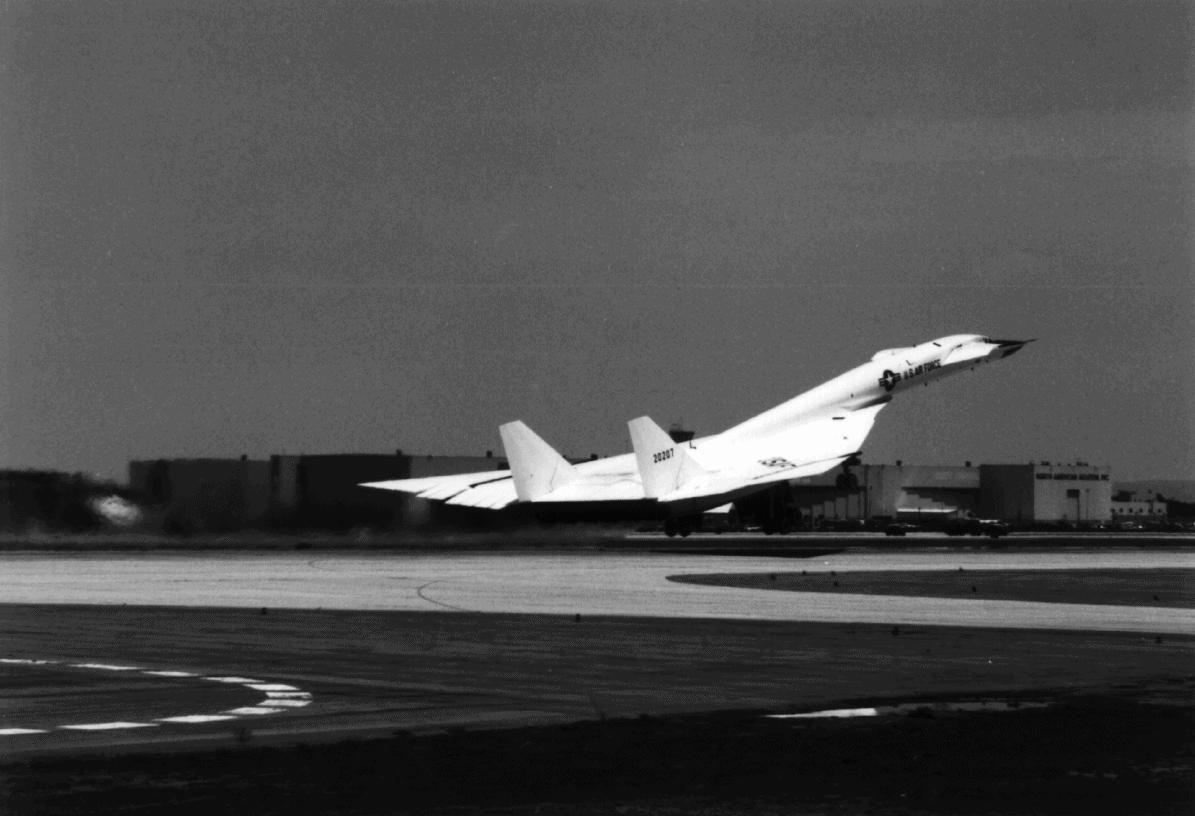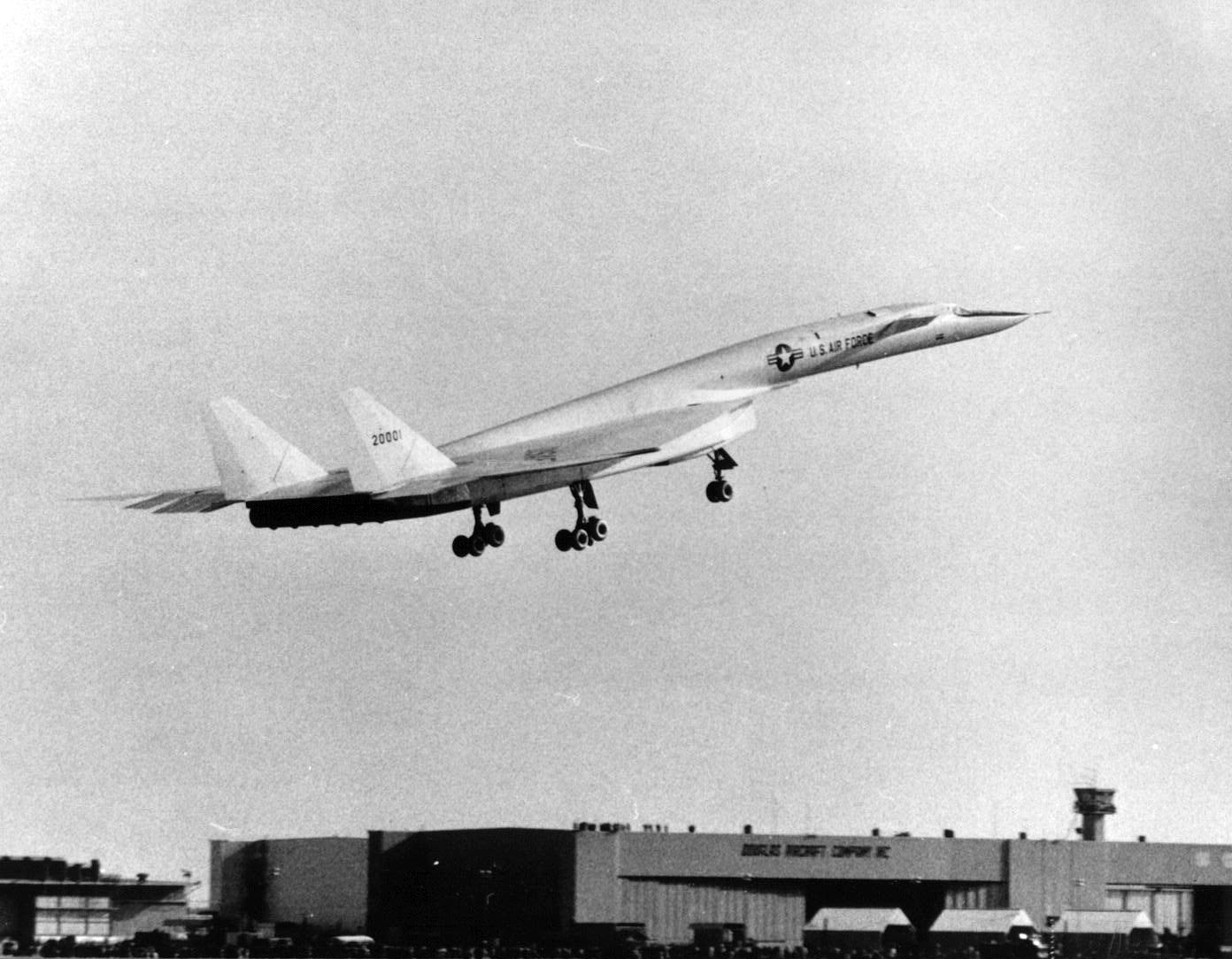
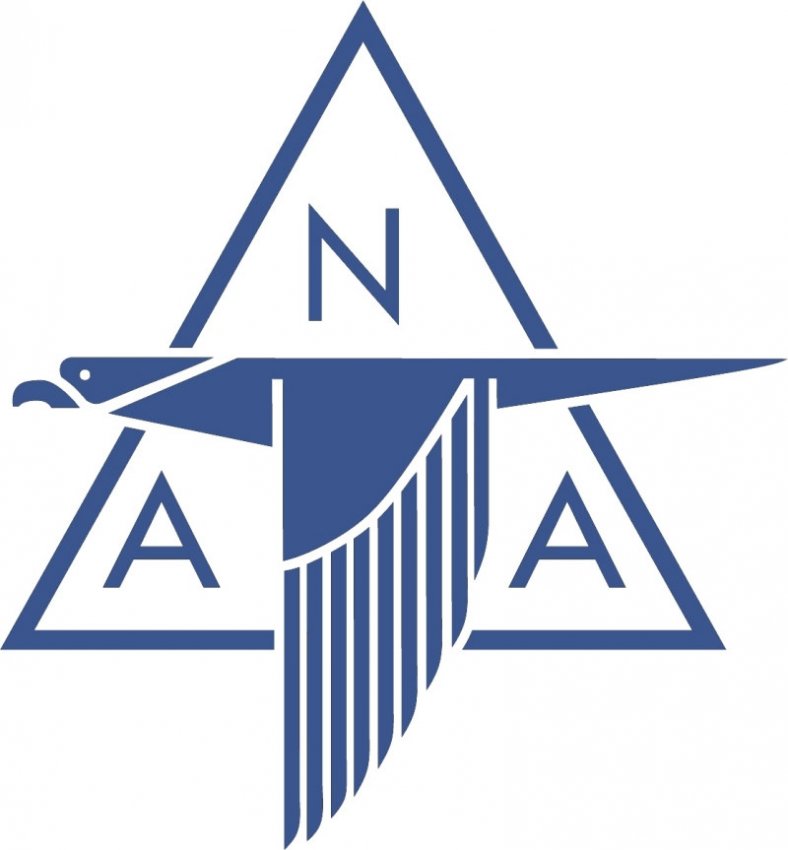
Originally a prototype Mach 3 strategic bomber, 62-0001 (also known as AV-1) and it’s sister ship, XB-70A-2-NA, 62-0207, (AV-2), were built and used by the Air Force and NASA as high-speed research aircraft. The third Valkyrie, XB-70B-NA 62-0208 (AV-3), was never completed.
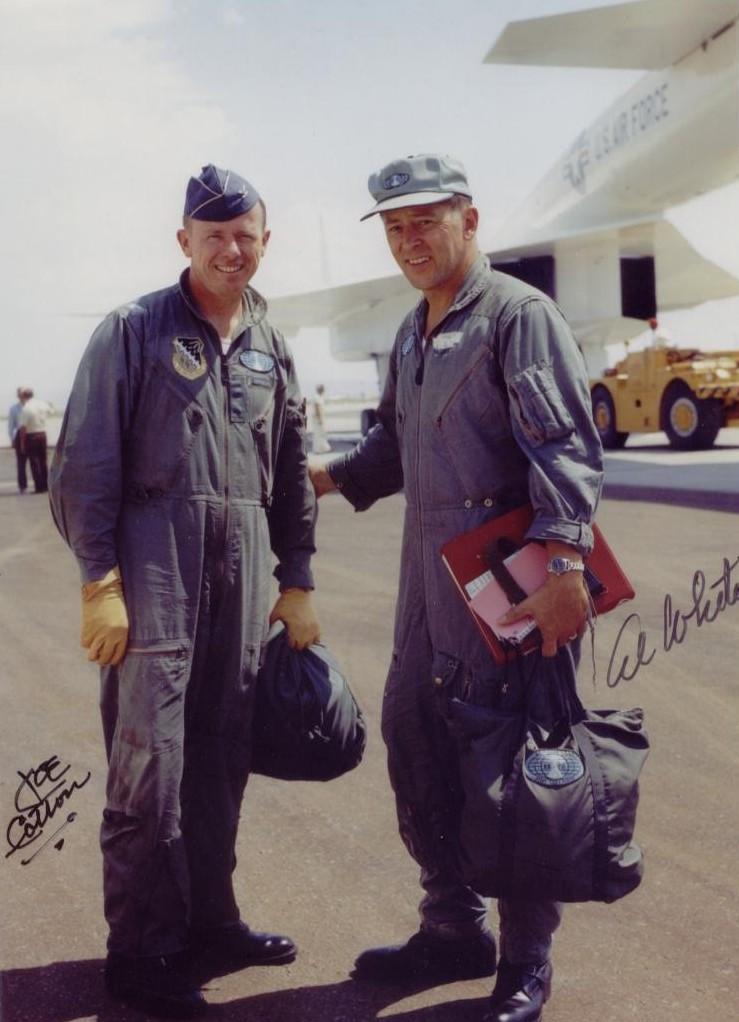
62-0001 was the first of three prototype Mach 3+ strategic bombers. (The third prototype, XB-70B 62-0208, was not completed.) The Valkyrie utilized the most advanced technology available. Materials and manufacturing techniques had to be developed specifically to build this airplane. It is a large delta wing airplane with a forward canard and two vertical fins. The outer 20 feet (6.096 meters) of each wing could be lowered to a 25° or 65° angle for high speed flight. Although this did provide additional directional stability, it actually helped increase the compression lift, which supported up to 35% of the airplane’s weight in flight.
The XB-70A is 185 feet, 10 inches (56.642 meters) long with a wingspan of 105 feet (32.004 meters) and overall height of 30 feet, 9 inches (9.373 meters). The delta wing had 0° angle of incidence and 0° dihedral. (The second XB-70A had 5° dihedral.) The wing has 3.0° negative twist. At 25% chord, the wing has 58.0° sweepback. Total wing area is 6,297 square feet (585 square meters). The Valkyrie has a empty weight of 231,215 pounds (104,877 kilograms), and maximum takeoff weight (MTOW) of 521,056 pounds (2236,347 kilograms).

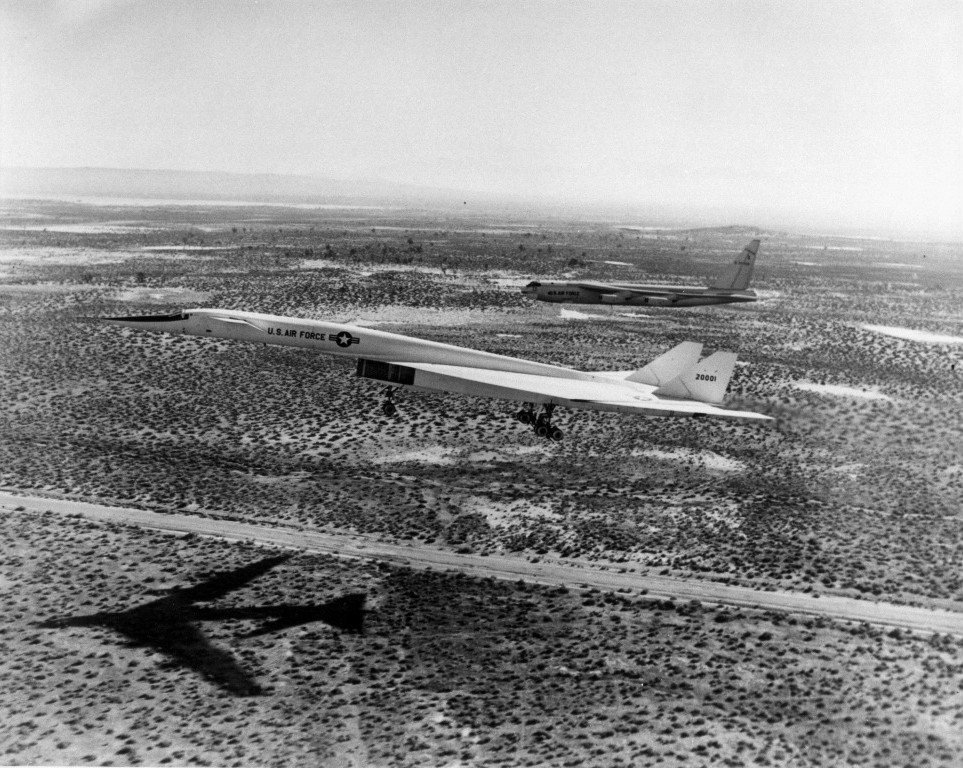
The maximum speed achieved was Mach 3.08 (1,787 knots/2,056 miles per hour, or 3,309 kilometers per hour) at 73,000 feet (22,250 meters), 12 April 1966. Its mission maximum speed is 1,721 knots (1,980 miles per hour/3,187 kilometers per hour) at 79,050 feet (29,094 meters). The XB-70A has a rate of climb of 33,000 feet per minute (168 meters per second). The service ceiling is 79,000 feet (24,079 meters).
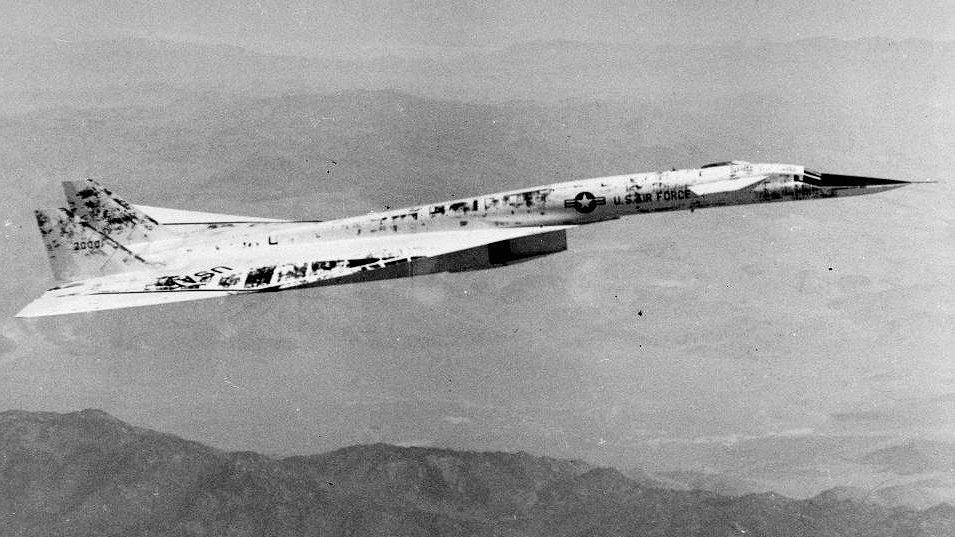
The Valkyrie has a maximum fuel capacity of 43,646 gallons (165,218 liters) JP-5 or JP-6, carried in 11 tanks throughout the fuselage and wings. It also carries 42.4 gallons (161 liters) of engine oil. The maximum range is 2,969 nautical miles (3,417 statute miles/5,499 kilometers).
North American Aviation XB-70A Valkyrie 62-0001 made 83 flights with a total of 160 hours, 16 minutes flight time. 62-0001 is on display at the National Museum of the United States Air Force, Wright-Patterson Air Force Base, Ohio.
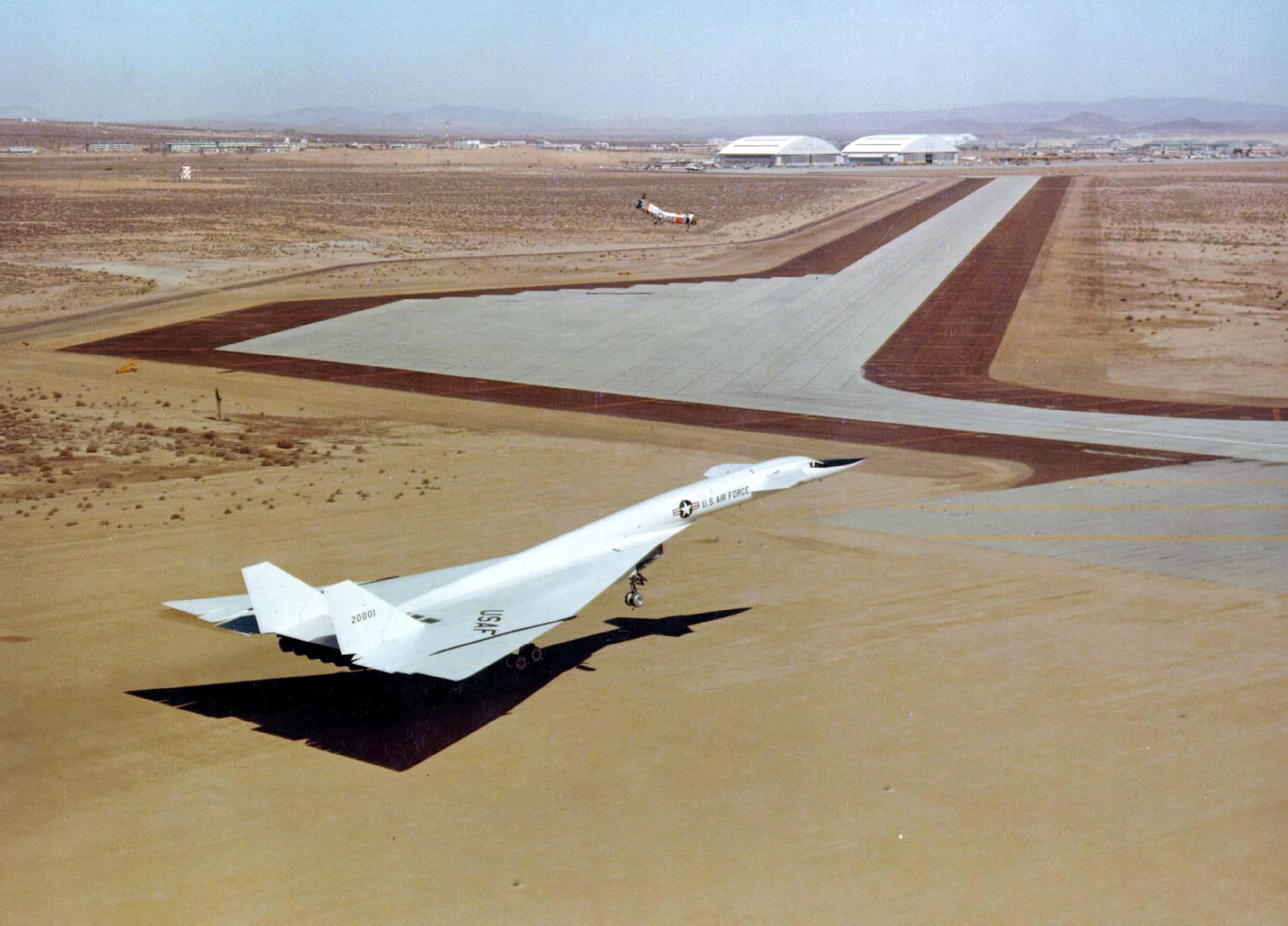
© 2024, Bryan R. Swopes
